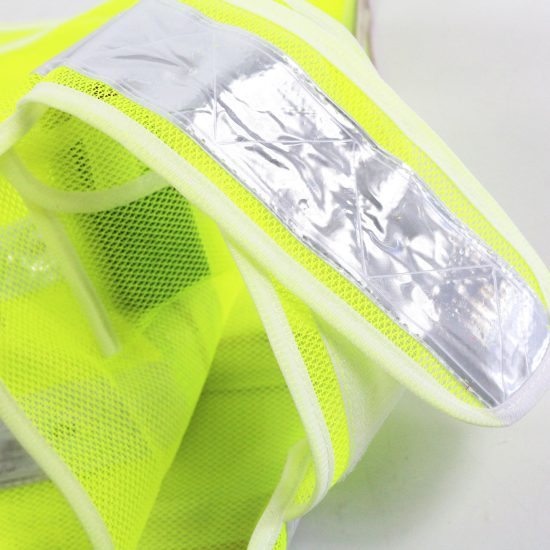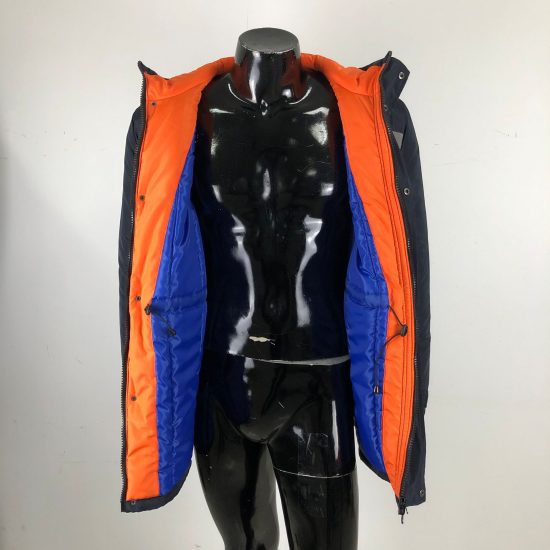High-visibility clothing, often referred to as “hi-vis” or “hi-viz” clothing, plays a crucial role in enhancing safety by improving the visibility of individuals in various work environments, especially those with low-light conditions or areas where workers are exposed to vehicular traffic. Here are some key points about high-visibility clothing for safety:
- Purpose: The primary purpose of high-visibility clothing is to make individuals more visible to others, particularly to equipment operators, drivers, and colleagues, in situations where low visibility could lead to accidents or injuries.
- Color and Reflective Material: High-visibility clothing typically features bright fluorescent colors, such as neon yellow, orange, or lime green. These colors are highly visible during the day. Additionally, retroreflective materials, such as reflective tape or stripes, are incorporated into the clothing. These materials reflect light back to its source, making the wearer visible at night or in low-light conditions.
- Work Environments: High-visibility clothing is commonly worn in a variety of work environments, including:
- Construction sites: To alert heavy equipment operators, construction workers, and pedestrians to each other’s presence.
- Roadwork and traffic control: To ensure the safety of workers directing traffic or performing road repairs.
- Warehouses and factories: To increase visibility among employees working near forklifts, conveyor belts, or moving machinery.
- Emergency response: Firefighters, police officers, and emergency medical personnel often wear high-visibility gear to be easily seen during emergencies.
- Types of Hi-Vis Clothing: High-visibility clothing comes in various forms to suit different needs:
- Hi-Vis Vests: Lightweight and adjustable vests are often worn over regular clothing for added visibility.
- Hi-Vis Jackets and Shirts: These offer more coverage and protection against the elements.
- Hi-Vis Coveralls: Full-body coveralls that provide overall visibility and protection.
- Hi-Vis Pants and Trousers: Bottoms designed to complement hi-vis tops.
- Hi-Vis Accessories: Accessories like hats, gloves, and armbands can also be made with high-visibility materials.
- Regulations and Standards: Many countries and regions have regulations and standards governing the use of high-visibility clothing in specific work situations. These standards specify the colors, retroreflective materials, and performance requirements for hi-vis gear. Compliance is essential to ensure effectiveness and safety.
- Care and Maintenance: High-visibility clothing should be properly cared for to maintain its visibility. Washing according to manufacturer guidelines and inspecting for wear and tear are essential practices.
- Footwear and Personal Protective Equipment (PPE): In some situations, high-visibility elements may also be incorporated into safety shoes, gloves, and helmets to provide complete visibility and protection.
High-visibility clothing is a vital tool for reducing accidents and enhancing the safety of workers, especially in high-risk environments. Employers should conduct hazard assessments to determine when hi-vis clothing is necessary and provide appropriate gear to employees. Workers, in turn, should wear high-visibility clothing as instructed and take responsibility for their safety on the job.


